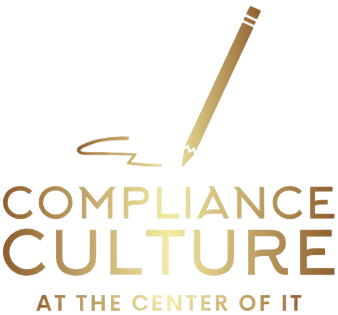Readiness Assessment

Prioritized Roadmap Definition
Roadmaps define the activities, approach, and responsibilities necessary to address
identified gaps in the time-frame required to achieve project objectives, including certification.
Gap Remediation Facilitation/ Support
Ideally, gap remediation will be largely accomplished by the internal team, rather than a third party. An internally focused approach leveraging a third party for SME on demand, templates and artifact validation, maximizes the development of organizational knowledge/expertise, ensures that key personnel are “stakeholders” in the resultant control environment and prevents an organization from being overly reliant on a third party.
Security Metrics
Security metrics are critical to the optimal operation of an ISMS, as they are integral to demonstrating he continuous improvement principles that are inherent in most ISMSs. This service is focused on simplifying the process of measuring, reporting and hence systematically improving ISMS effectiveness. Independent of the security framework being leveraged, ISO-27004 provides excellent guidance on security metrics.
A readiness assessment for compliance ensures that an organization is prepared to meet the requirements of laws, regulations, or internal policies. The following are essential elements for such an assessment
Identify the relevant regulations, standards, and compliance frameworks (e.g., GDPR, HIPAA, ISO 27001, SOX).
Understand specific industry requirements.
Clarify deadlines for compliance or reporting obligations.
Confirm the existence of a compliance officer or team.
Evaluate the roles and responsibilities of key compliance personnel.
Assess the organization’s compliance culture and commitment to legal and regulatory adherence.
Review the governance structure and decision-making processes.
Review existing compliance policies and procedures.
Ensure that policies are up-to-date and aligned with the latest regulations.
Assess whether these policies have been communicated and understood across the organization.
Ensure proper documentation of procedures for audit trails and accountability.
Perform a risk assessment to identify potential compliance gaps or weaknesses.
Assess the impact and likelihood of non-compliance risks.
Identify areas that may be vulnerable to fines or penalties.
Evaluate previous compliance audits or assessments for recurring issues
Assess the training programs for employees, contractors, and vendors regarding compliance.
Ensure that training is ongoing and adapted to new regulations.
Review whether staff are aware of their roles in maintaining compliance.
Review the internal control environment to ensure mechanisms are in place to monitor compliance.
Assess audit trails, record-keeping, and data security measures.
Evaluate the use of compliance software or tools for monitoring and reporting.
Assess the IT infrastructure and systems for compliance with regulations (e.g., data protection, cybersecurity, data retention).
Evaluate the robustness of system security, data encryption, and access controls.
Determine if technology can facilitate compliance processes, such as automated reporting and auditing.
Review contracts and relationships with third-party vendors for compliance requirements.
Ensure that vendors comply with relevant regulations and internal policies (e.g., data privacy clauses, cybersecurity standards).
Evaluate the monitoring mechanisms for third-party compliance.
Assess the organization’s processes for identifying, responding to, and reporting compliance violations or breaches.
Verify the existence of escalation protocols and documentation of incidents.
Review response timelines and corrective actions in past compliance incidents.
Ensure proper documentation of compliance efforts and activities.
Confirm that records are easily accessible for audit purposes.
Assess whether regular compliance reporting is in place for internal and external stakeholders.
Evaluate past compliance audits to identify findings and corrective actions.
Assess internal and external audit processes and whether they effectively evaluate compliance.
Verify whether the organization performs regular self-assessments or external audits to ensure readiness.
Establish a process for reviewing and improving compliance programs regularly.
Ensure that compliance programs are agile to adapt to changing laws, regulations, and organizational needs.
